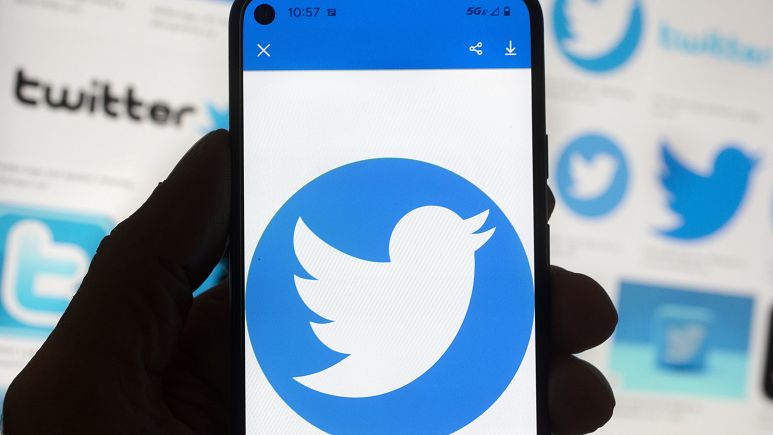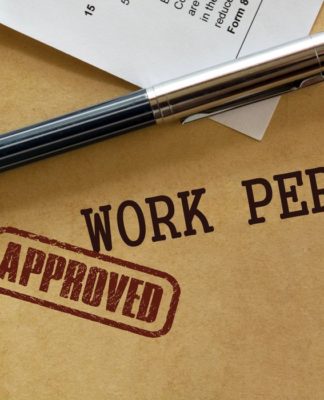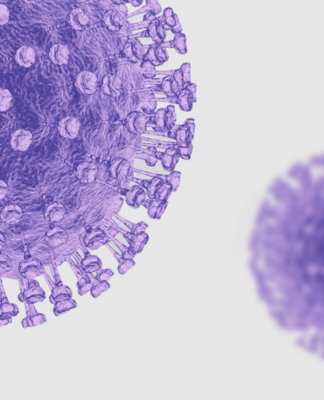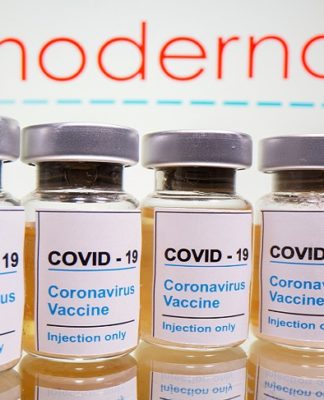WORLD NEWS
Hate and disinformation spiked after Musk’s Twitter takeover | View Access to the commentsCOMMENTS
By Heather Dannyelle Thompson • Updated: 24/11/2022
Since Elon Musk’s purchase of Twitter, new changes are taking the platform by storm
Since Elon Musk’s purchase of Twitter, new changes are taking the platform by storm – Copyright Michael Dwyer/Copyright 2022 The AP.
SHARE THIS ARTICLE
facebook
twitter
flipboard
mail icon
In just over two weeks, Musk’s takeover of Twitter has rocked the internet.
Hate speech and disinformation have already spiked in what appears to be mostly trolls and right-wing extremists seeking to test the boundaries of Musk’s approach to unchecked free speech on his newly acquired platform.
The chaos at Twitter comes at a distinct time of transformation of the internet. Not only is the online space facing regulation globally, but the advances in artificial intelligence that power tomorrow’s tools of disinformation are not slowing down either.
Deepfakes, which garnered much attention in 2022 (from relatively minor gaffes, such as the one with JK Rowling, to more potentially dangerous ones, such as the one of Ukrainian President Volodymyr Zelenskyy asking his citizens to lay down their arms), represent only the precipice of rapidly increasing AI technology that can fuel disinformation better than ever.
A new suite of technology is fully synthetic media. Text-to-image technology broke through this year as advanced models such as Stable Diffusion and DALL-E (both available open-access) allow users to create their own fully synthetic images out of thin air using only a text prompt. Meta also announced ‘Make-a-Video’ this September, wherein users can create their own fully synthetic videos with only a simple text prompt.
These technologies have great disinformation potential warns a new report from Democracy Reporting International; a person need only decide which false narrative to promote and then create the ‘evidence’ for it.
And once the right narrative hits the internet – perhaps well-timed to interfere with an election, for example – it’s difficult or impossible to contain the damage. For many, seeing is still believing, no matter how quickly you fact-check it.
The rapid improvement of partially synthetic and fully synthetic media coincides with Twitter’s change in leadership and priorities and increasing regulation of the internet. Emerging threats require emerging solutions and, most of all, they require apt and able leaders.
Earlier in his acquisition, Musk gave the impression that he cared about the integrity of the platform when he expressed concern about the number of bot accounts on Twitter. But in fact, this concern was more of a threadbare attempt to wiggle out of an overpriced offer.
John Raoux/ AP
Elon Musk at a news conference in 2020 about his Space X venture.John Raoux/ AP
A better insight into his true priorities comes from the debut of Twitter Blue, the scheme to offer Twitter’s blue checkmark for verification through a monthly subscription.
Despite warnings that the subscription service would not only have a limited impact on his bottom line, but it would also expose Twitter to trolls using the opportunity to impersonate real personalities, organizations, and causes. And it did. For only $8 a month.
As a result, reports of Twitter’s declining digital health appear every day. First, it was reports of spiking levels of hate speech and disinformation, then it was the Great Twitter Exodus to alternatives such as Mastodon (the jury is still out there). Twitter Blue blessed us with trolls posing as legitimate accounts.
And now, recent evidence has shown that the political profile of Twitter is changing: in the United States, Republican members of congress gained just under half a million new followers in total and Democrats lost in similar numbers. The trend worries many who suspect that the growth in Republican-leaning Twitter users is prompted by Musk’s dog whistle tactics and will contribute to a platform with more hate speech and disinformation.
Mary Altaffer/Copyright 2022 The AP. All rights reserved
A receptionist works in the lobby of the building that houses the Twitter office in New York on 26 October 2022.Mary Altaffer/Copyright 2022 The AP. All rights reserved
One wonders what might brew on these platforms with emboldened disinformation actors powered by new tools. In times of rapid change, leadership matters but with Musk at the helm, many fear Twitter will not only become a festoon of hate speech, disinformation, and erratic behaviour but that it will erase the progress Twitter has already made to combat them.
To date, the platform has made progress and good efforts to respond to threats and promote digital health. They have responded relatively quickly to new threats and political updates, such as their policy on the full-scale invasion in Ukraine. But recent weeks have seen cuts to the teams who helped make that progress possible and resignations from key positions concerned with security.
Report after report shows that Musk is leading ruthlessly with no plans to turn back. At this pace, it is hard to see how Twitter will survive, at least in the form we know it. If it fails, an important space for political discussion would be lost.
Heather Dannyelle Thompson is the manager of Digital Democracy for Democracy Reporting International, a nonprofit organisation promoting democracy worldwide.






























